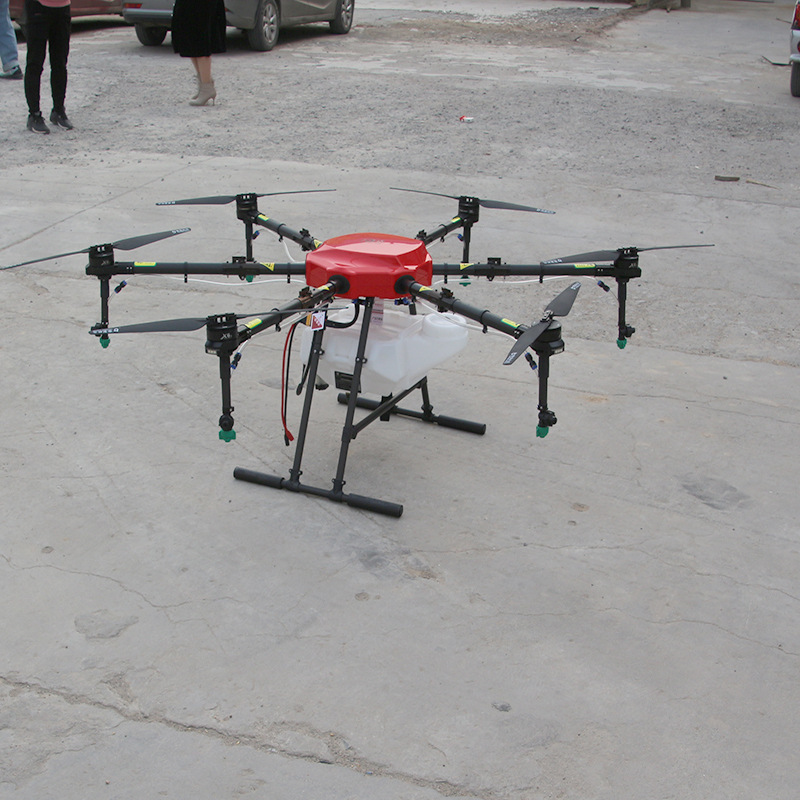
Nestled in the arid heart of Central Asia, Turkmenistan is a nation where agriculture is both a cultural legacy and an economic pillar. Despite its vast deserts and harsh climate, the country sustains a robust farming sector—centered on cotton, wheat, and livestock—that employs over 25% of its workforce and contributes 10% to GDP. Yet, Turkmenistan’s agriculture faces a defining challenge: water scarcity. With 80% of its territory covered by the Karakum Desert, the nation relies on the Amu Darya River and underground aquifers to irrigate crops, resources strained by decades of overuse. Traditional farming methods—manual labor, flood irrigation, and inefficient pesticide application—exacerbate the crisis, threatening yields and food security. Enter Chinese agricultural drones—innovative tools engineered to thrive in arid environments—now rewriting the story of Turkmen agriculture by delivering precision, efficiency, and sustainability.
Turkmenistan’s Agricultural Crossroads: Thirst for Innovation
-
Water Stress: Cotton, the country’s “white gold,” demands intensive irrigation. Flood-based methods waste up to 50% of water through evaporation and runoff, depleting aquifers faster than they recharge.
-
Labor Shortages: As younger generations migrate to cities, aging farmers struggle with physically demanding tasks like spraying pesticides or fertilizing vast fields.
-
Yield Pressures: Climate change has intensified heatwaves and unpredictable rainfall, reducing crop reliability. Manual methods fail to adapt quickly enough to protect yields.
Chinese Drones: Built for Arid Resilience
Tailored to the Desert: Durability Meets Smart Tech
-
Water-Saving Precision: Equipped with micro-spraying nozzles and AI-driven flow sensors, these drones reduce water use by up to 60% compared to flood irrigation. They apply pesticides and fertilizers only where needed, targeting root zones and minimizing waste—a game-changer in a country where every drop counts.
-
Heat & Dust Resilience: Reinforced frames, high-temperature batteries, and sealed motors withstand Turkmenistan’s scorching summers (temperatures often exceed 45°C) and dusty conditions. Dust filters prevent clogging, ensuring consistent performance in remote fields.
-
Terrain Agility: GPS-guided flight systems and 3D mapping software let drones navigate uneven desert plots and narrow irrigation canals, reaching areas tractors or hand labor can’t easily access.
Empowering Local Farmers
From Wasteland to Wheat Fields: Early Wins
-
Water & Cost Savings: What once required 10 workers and 5,000 liters of water to spray 100 hectares now takes two drones in six hours—using just 1,800 liters. “We’re saving water and money,” says cooperative leader Akmal. “More importantly, our wheat stands taller this year.”
-
Yield Gains: In cotton fields near Daşoguz, drones targeted pest hotspots with biopesticides, reducing crop damage by 35%. “Before, we lost 20% to bollworms,” says Gulnar. “Now, we’re harvesting 15% more—and our cotton fetches better prices for being residue-free.”
-
Youth Engagement: Twenty-four-year-old Serdar, who left farming for construction, now operates drones for his family’s farm. “I earn more in a day than I did in a week mixing cement,” he says. “Farming feels smart again—and I’m staying.”

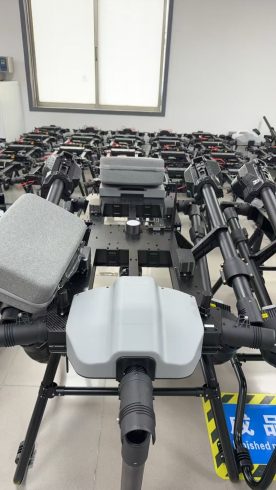
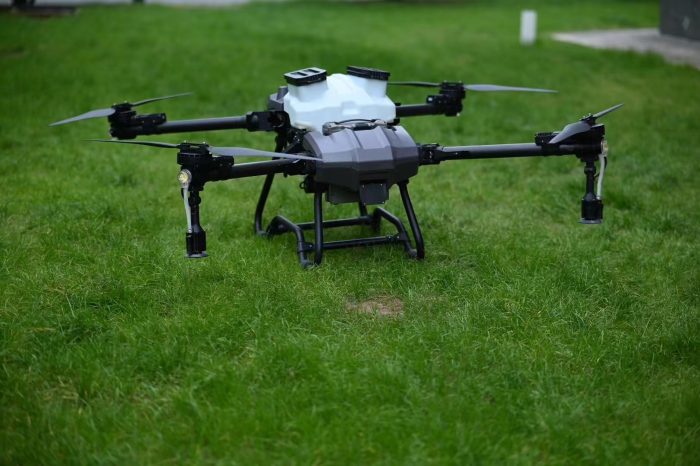

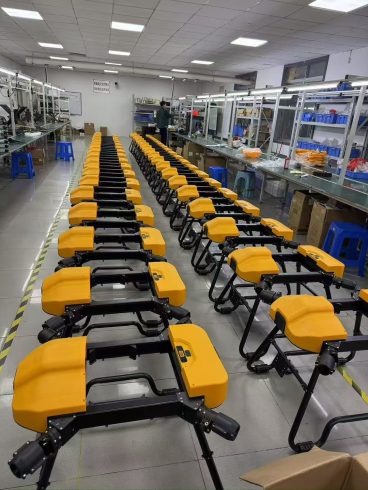
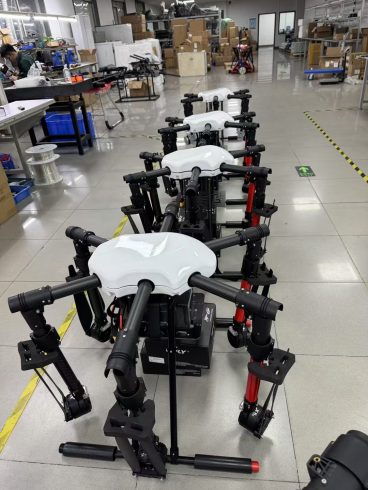

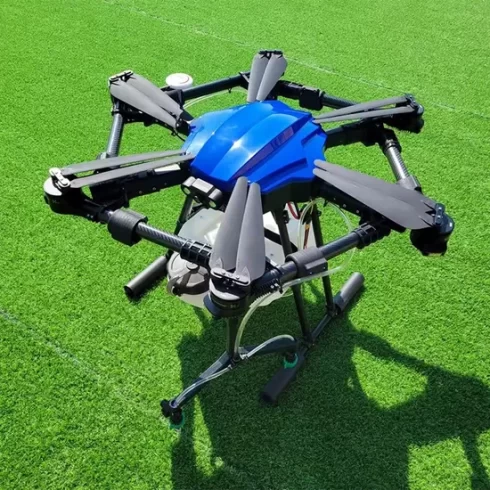


暂无评论内容